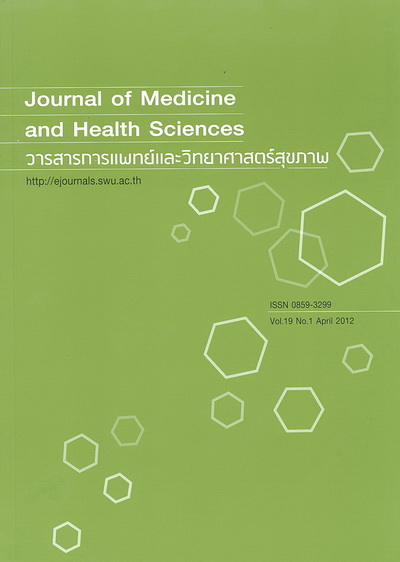Clinical features and their relations to molecular alteration in Tuberous sclerosis: integrated viewpoints from physicians and scientists
Keywords:
Tuberous Sclerosis, mTOR, Genetic diseaseAbstract
Tuberous sclerosis is a genetic disorder characterized by abnormal of cutaneous and neurological features. This disease is resulted from the mutation of TSC1 (tuberous sclerosis complex 1) gene on chromosome 9 or TSC2 gene on chromosome 16, encoding for hamartin and tuberin respectively. Both molecules form a heterodimer and inhibit the intracellular downstream cascade, particularly mTOR (mammalian target of rapamycin) pathway, which has an important role in proliferation and differentiation of cell. Mutation of TSC1 or TSC2 leads to dysregulation of mTOR function and causes abnormal signs and symptoms in this disease. Currently, scientists have developed various types of animal models of tuberous sclerosis in order to study the effects of TSC1 or TSC2 genes suppression in behavioral, structural, and molecular levels. In addition, the administration of substance inhibiting mTOR function is successfully done in animal model and causes improvement of neurological symptoms. However, the application of this agent in treatment of tuberous sclerosis-related tumors in human is still under clinical trial. Finally, the advancement in tuberous sclerosis research leads to the better understanding about the relationship between genetic & molecular changes and clinical signs & behaviors, as well as development of new therapeutic approach in this disease.Downloads
Published
2012-05-22
Issue
Section
Review Article


